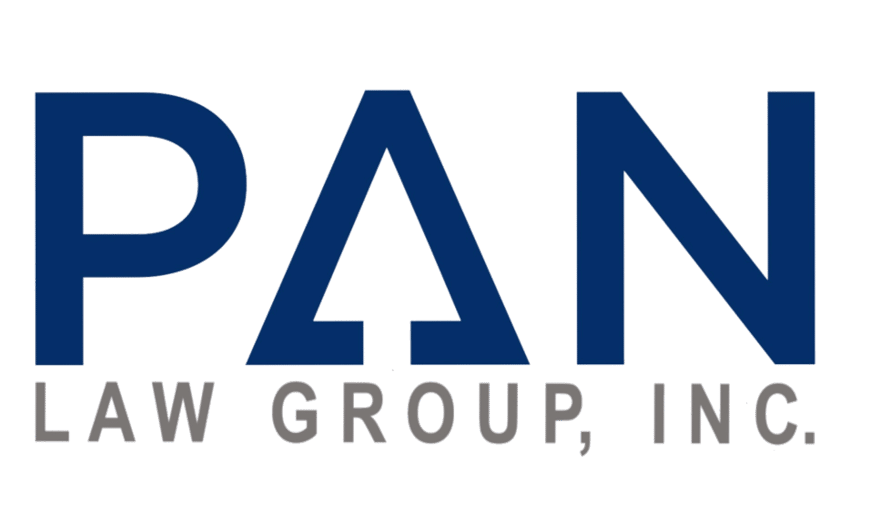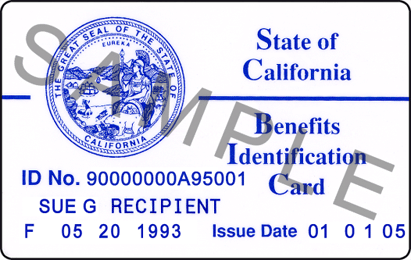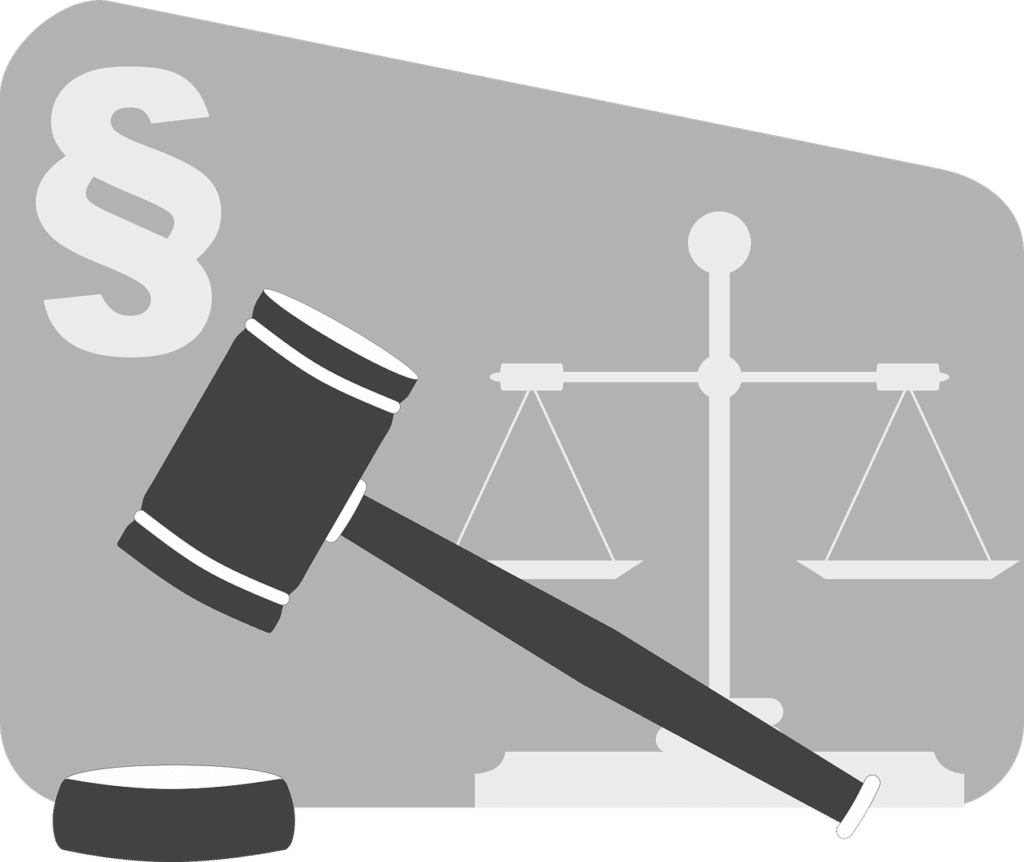
Liens are a legal mechanism that entitle the lien holder to repayment of services rendered. In the context of personal injury cases, liens are attached to any third-party recovery (i.e., settlements and verdicts) obtained by the plaintiff. They can come from many sources, for example: prior attorney lien, Medi-Cal lien, private hospital lien, workers’ compensation lien, doctor lien, etc. Invariably, liens will create uncertainty and delay in your case because they can significantly eat into the net recovery of your client and negotiating them down takes time. For purposes of this discussion I will focus on Medi-Cal liens and tactics on how to reduce them:
What Are Medi-Cal Liens?
Medi-Cal is California’s version of the federal Medicaid program. It provides healthcare for low-income individuals who cannot afford private health insurance. The Medi-Cal program is paid for by taxpayers. By statute the California Department of Health Care Services (“DHCS”) is entitled to a lien for medical services provided to Medi-Cal recipients. This lien is attached to any recovery the patient may receive from a future lawsuit or other action against a third-party. Therefore, if your client is a Medi-Cal recipient, any money received from a settlement or verdict must first be used to reimburse DHCS for the cost of medical care rendered. The higher the reduction in the lien number, the more money the client will net.
Step 1: Open New Third Party Liability and Recovery Case With DHCS
Because DHCS is entitled to a lien on any third-party recovery by Medi-Cal beneficiaries, one must give them notice of any settlement, judgment or award in any action or claim by a beneficiary. It takes time for DHCS to process newly opened cases, order medical records and do their due diligence to determine a lien amount. Therefore, opening up a new case and providing DHCS with all the necessary information earlier in the litigation will save time on the back end. Start by opening up a “Personal Injury Notification (New Case)” through the DHCS website:
https://www.dhcs.ca.gov/services/Pages/TPLRD_PI_OnlineForms.aspx
DHCS will send you a receipt of notification within thirty (30) days. It will include a case number which is typically the Medi-Cal beneficiary number, as well as a date of injury. Use these two unique identifiers in order to reference the case with DHCS in the future. (Note: If your settlement involves a minor or incompetent adult, proof of notification to DHCS will be a required exhibit for the petition for compromise).
Step 2: Request a Summary of Benefits
Up until recently, DHCS would provide periodic, non-final lien numbers to requesting parties. These estimates are necessary when negotiating settlements in order to determine what a client will net in recovery. Medi-Cal reimbursement numbers are also a required part of any petition for minor’s/incompetent’s compromise. Nonetheless, going forward, DHCS will no longer provide non-final lien amounts. This means a lien number will only be provided once DHCS receives the last date of treatment, or the date of settlement from the requesting parties. Further, it will take another one hundred eighty (180) days after receipt of such information for DHCS to order all medical records and provide a final lien number. Not knowing the final lien number creates uncertainty and may be a roadblock to settlement. However, we have had success contacting our DHCS case representative directly to request a “summary of benefits.” This will provide an estimate as to the maximum reimbursable amount to DHCS even though it is not the final lien number. An alternative but less accurate method is to manually review each medical billing record and add up all payments by Medi-Cal.
Step 3: Negotiate the Lien Down
Once you get a final lien number for Medi-Cal, it is time to negotiate for a reduction in the lien amount. DHCS’ recovery of the lien is “limited to that portion of a settlement, judgment, or award that represents payment for medical expenses, or medical care, provided on behalf of the beneficiary.” Welf. & Inst. Code § 14124.76(a). The codified language comes straight from the holding in Arkansas Dept. of Health and Human Servs. v. Ahlborn (2006) 547 U.S. 268. There, Arkansas claimed it was entitled to be reimbursed for the entire sum of medical expenses paid for by its Medicaid program where a plaintiff settled her lawsuit for only one sixth (1/6th) the value of her entire claim. Ahlborn claimed Medicaid was only entitled to that portion of the settlement that was attributable to medical expenses. The Court held for Ahlborn, explaining “because the tortfeasors accepted liability for only one-sixth of Ahlborn’s overall damages…the relevant ‘liability’ extends no further than that amount.” Id. at 270. Thus, Medicaid was only entitled to one sixth (1/6th) of the medical expenses it had expended. The codified language in California Welfare & Institutions Code section 14124.76(a) specifically states that reimbursement to Medi-Cal “shall be guided by the United States Supreme Court decision in Arkansas Department of Health and Human Services v. Ahlborn (2006) 547 U.S. 268.” Welf. & Inst. Code § 14124.76(a).
Step 4: Calculate the Ahlborn Number
The basic formula is:
Total Settlement Amount / Total Value of Claims X Medi-Cal Lien
The key variable here is the “Total Value of Claims.” It is very important not to mistake this number with the value of the case. For example, the value of a case may drop if there is contributory negligence. However, the value of one’s claims or “overall damages,” as described by the Supreme Court in Ahlborn, stays constant. (Check out “What Is My Case Worth?” for a more detailed discussion on case evaluation). Liability issues with the case are irrelevant when calculating the Ahlborn number. However, they are relevant when explaining the rationale behind settlement, or the settlement amount. A large contributory negligence issue, for example, may have significantly reduced the settlement amount and forced the plaintiff to settle, however, the total value of the claims and damages remain the same for purposes of the Ahlborn calculation.
Step 5: Offer Damages Evidence
Maximizing the “Total Value of Claims” variable will lead to the most reduction in the Medi-Cal lien. The total value of claims in personal injury cases is largely comprised of past and future medical expenses and general damages.
The past medical expenses related to the lawsuit have most likely been paid by Medi-Cal, hence the lien. However, if there are past medical expenses paid for out of pocket, or by some other means other than Medi-Cal, be sure to include these when calculating the “Total Value of Claims” and offer proof of those medical bills to DHCS. Future medical costs are also a large part of the value of damages. Any recommendation of future surgery, medicine, therapy, etc. by a medical professional will be relevant evidence to provide to DHCS when calculating future medical costs. Any expert report, diagnosis, or health care plan will also be particularly helpful when calculating future medical costs.
Note: Do NOT allow DHCS to argue that Medi-Cal will pay for your client’s future medical care, and therefore is entitled to an offset for the cost of future medical care. Unless there is a special needs trust involved, your client might not even qualify for Medi-Cal after obtaining the settlement proceeds and will have to buy private insurance. Further, current health care law makes private insurance available to all persons for the first time regardless of preexisting conditions. Most people prefer private health insurance because they feel they get better medical care with it than do Medi-Cal recipients. Future medical costs should be included when calculating the “Total Value of Claims.”
The largest source of contention for negotiating the lien down will be the attorney’s valuation of the total claims in the case versus DHCS’ evaluation. In particular, general damages like pain and suffering and loss of enjoyment of life which are subjective, therefore, include any available evidence to boost your general damages claim. For example, photographs of the injury and recovery process, pre-accident photographs versus post-accident photographs, deposition testimony by family members, letters from friends or other community groups, and any other ethical consideration. It might also be useful to give examples of past verdicts or awards of other clients with similar injuries to provide some context.
Conclusion
Often times it feels like the job of the attorney is finished once a settlement or judgment is reached, however, if there are lien issues in the case final resolution could be delayed for months. The client is most interested in when they will get the money and how much they will net. Thus, getting started on the lien negotiation process earlier will allow time for you to manage your client’s expectations and get your case to resolution in the most efficient way possible.
DISCLAIMER: The content above is entirely the opinion of Pan Law Group, Inc. and should in no way be considered legal advice. Please contact us for a free legal consultation if you have any questions. Thank you.





